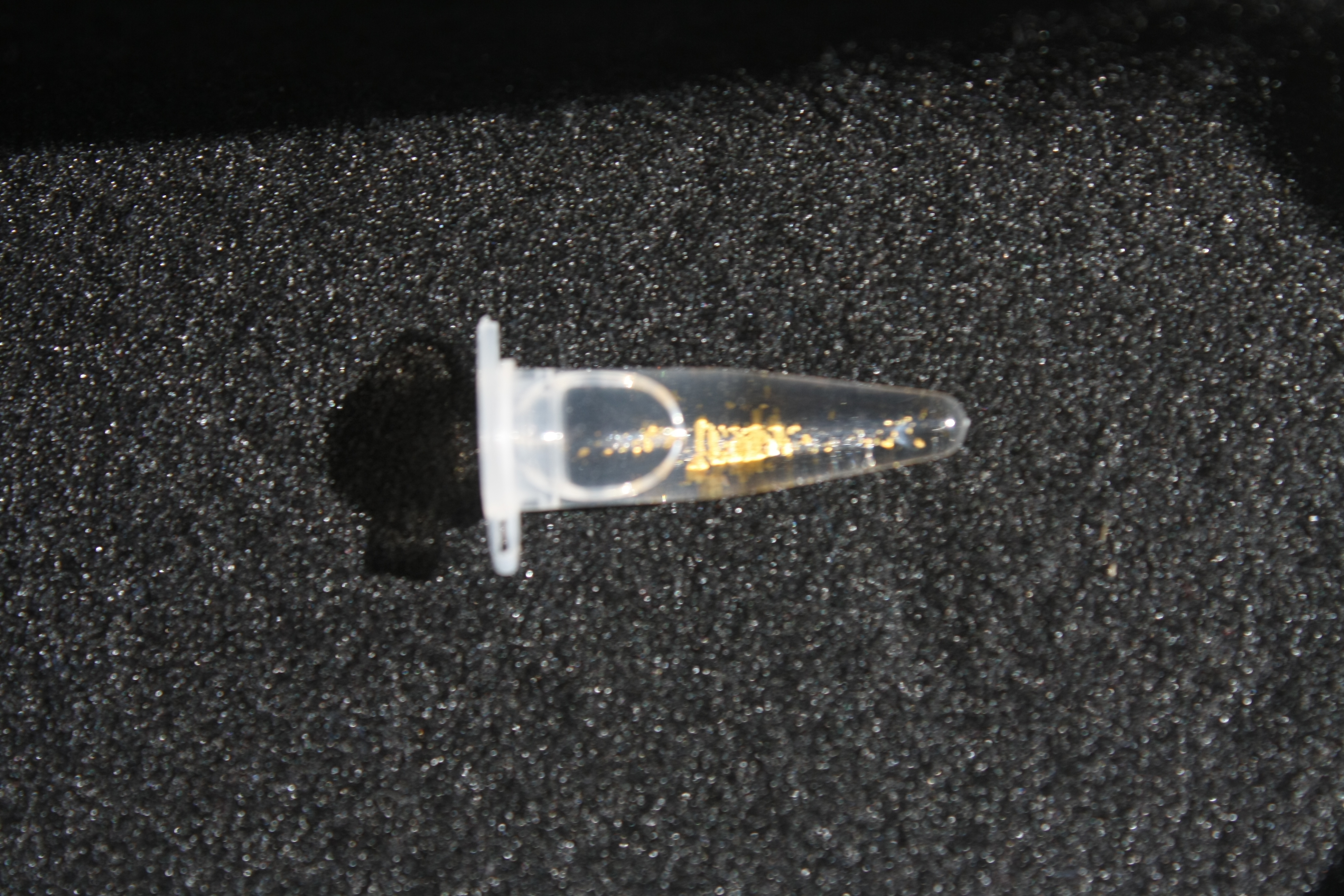Team:Heidelberg/Team/Gallery
From 2013.igem.org
Nils.kurzawa (Talk | contribs) m |
Nils.kurzawa (Talk | contribs) m |
||
| Line 8: | Line 8: | ||
</style> | </style> | ||
| + | <div class="container"> | ||
In this subproject we want to demonstrate that the natural secondary metabolite delftibactin can be efficiently produced in <i>E. coli</i> and used for the recycling of gold from electronic waste. To this end, we developed a cloning strategy based on an optimized Gibson Assembly protocol, enabling the cloning of large, GC-rich genomic regions onto regular low-copy plasmids. We thereby engineered three different plasmids (about 70 kb in total size) enabling the expression of the predicted del-cluster from regular <i>E. coli</i> promoters along with the methylmalonyl-CoA pathway providing the basic delftibactin building blocks and a NRPS activating PPTase, Sfp from Bacillus subtilis. <br><br> | In this subproject we want to demonstrate that the natural secondary metabolite delftibactin can be efficiently produced in <i>E. coli</i> and used for the recycling of gold from electronic waste. To this end, we developed a cloning strategy based on an optimized Gibson Assembly protocol, enabling the cloning of large, GC-rich genomic regions onto regular low-copy plasmids. We thereby engineered three different plasmids (about 70 kb in total size) enabling the expression of the predicted del-cluster from regular <i>E. coli</i> promoters along with the methylmalonyl-CoA pathway providing the basic delftibactin building blocks and a NRPS activating PPTase, Sfp from Bacillus subtilis. <br><br> | ||
| Line 89: | Line 90: | ||
<a class="right carousel-control" href="#myCarousel" data-slide="next"><span class="glyphicon glyphicon-chevron-right"></span></a> | <a class="right carousel-control" href="#myCarousel" data-slide="next"><span class="glyphicon glyphicon-chevron-right"></span></a> | ||
</div> | </div> | ||
| - | </div> | + | </div> /.carousel --> |
</div> | </div> | ||
</div> | </div> | ||
</div> | </div> | ||
| + | <7div> | ||
| - | |||
<script rel="" type="text/javascript"> | <script rel="" type="text/javascript"> | ||
$(function(){ | $(function(){ | ||
Revision as of 13:32, 18 October 2013


We want to show that these large constructs can be potentially inserted and expressed by E. coli with the promising perspective that delftibactin could readily be used as an efficient way of gold recycling from electronic waste.
 "
"
















